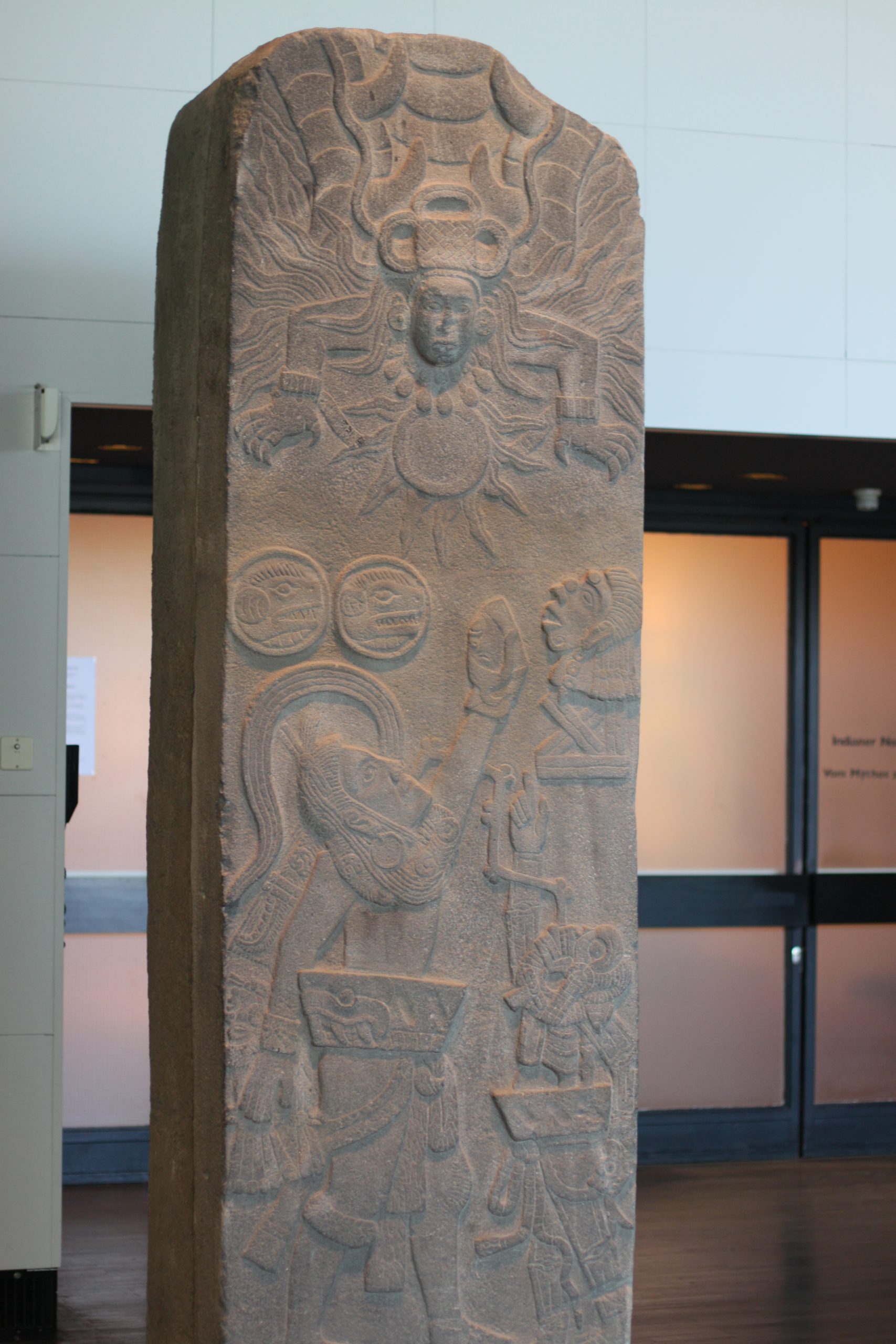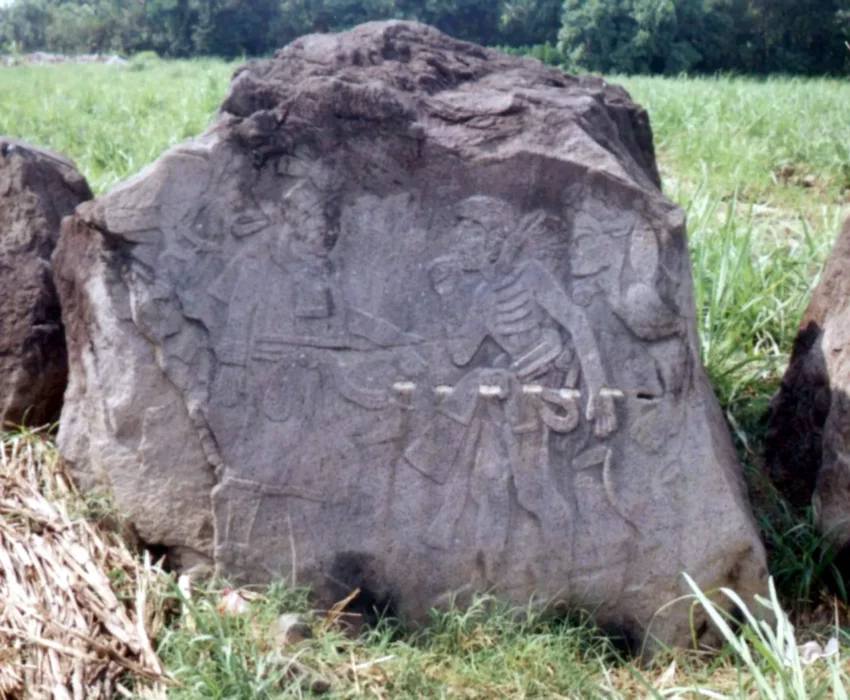Unveiling the Mysteries of Bilbao: A Mesoamerican Marvel
Bilbao, a significant archaeological site, is situated approximately 1 mile from the contemporary town of Santa Lucía Cotzumalguapa in the Escuintla department of Guatemala. This site, embedded within the lush sugar plantations of the Pacific coastal plain, marks a pivotal center of the Cotzumalhuapa culture during the Classic Period, particularly in the Late Classic era around AD 600–800.
Get your dose of History via Email
Location and Geographical Context
The site of Bilbao is located on the outskirts of Santa Lucía Cotzumalguapa, at an elevation of about 370 meters above sea level. It forms part of an extensive urban complex known as the Cotzumalhuapa Nuclear Zone, which spans approximately 10 square kilometers. This zone also includes the archaeological sites of El Baúl and El Castillo, with Bilbao positioned in its southernmost sector. The proximity of the active Volcán de Fuego, a mere 21 kilometers away, has undoubtedly influenced the site’s history, with regular ash falls likely impacting agriculture, transport, and the integrity of perishable structures.
Historical Overview
Preclassic Period
Evidence suggests that Bilbao was occupied since the Preclassic period, establishing it as a crucial site within the later Cotzumalhuapa Nuclear Zone.
Classic Period
The site yielded a rich collection of Middle and Late Classic ceramics, indicating a vibrant period of occupation and cultural development.
Postclassic Period
While Postclassic remains are scattered across the Cotzumalhuapa Nuclear Zone, Bilbao hosts a significant residential compound from this era, highlighting its continued importance.
Modern History
The transformation of Bilbao from a forested area to a coffee plantation in the 19th century, and later to its current state amidst sugarcane plantations, marks its modern history. Notably, the site attracted international attention in the late 19th century, leading to the relocation of several of its monuments to European museums.
The Site Today
Bilbao’s architectural remnants, primarily earth mounds now covered by sugarcane, hint at its past grandeur. The site’s sculptural style, distinct from the Classic Maya, suggests influences from central Mexico, possibly through indirect contact with neighboring regions. The core of Bilbao features a series of platforms, with the Monument Plaza housing the majority of its sculptures, including several stelae depicting ballplayers, now housed in the Ethnological Museum of Berlin.
Causeways and Connectivity
Bilbao was intricately connected to other sites within the Cotzumalhuapa Nuclear Zone through a network of stone-paved avenues, emphasizing its role as part of a larger urban center. These causeways facilitated movement and interaction within this ancient Mesoamerican city.

Sculptural Legacy
The sculptures of Bilbao, including those depicting ballplayers and deities, offer a window into the cultural and religious practices of its inhabitants. While many sculptures have been relocated or lost, those that remain continue to provide valuable insights into the site’s significance.
Conclusion
Bilbao stands as a testament to the rich cultural tapestry of Mesoamerica, offering a glimpse into the life and beliefs of the Cotzumalhuapa culture. Despite the challenges posed by modern agricultural practices and historical looting, the site remains a crucial focus for understanding the complexities of ancient Mesoamerican civilizations.
Sources: https://en.wikipedia.org/wiki/Bilbao_(Mesoamerican_site)

